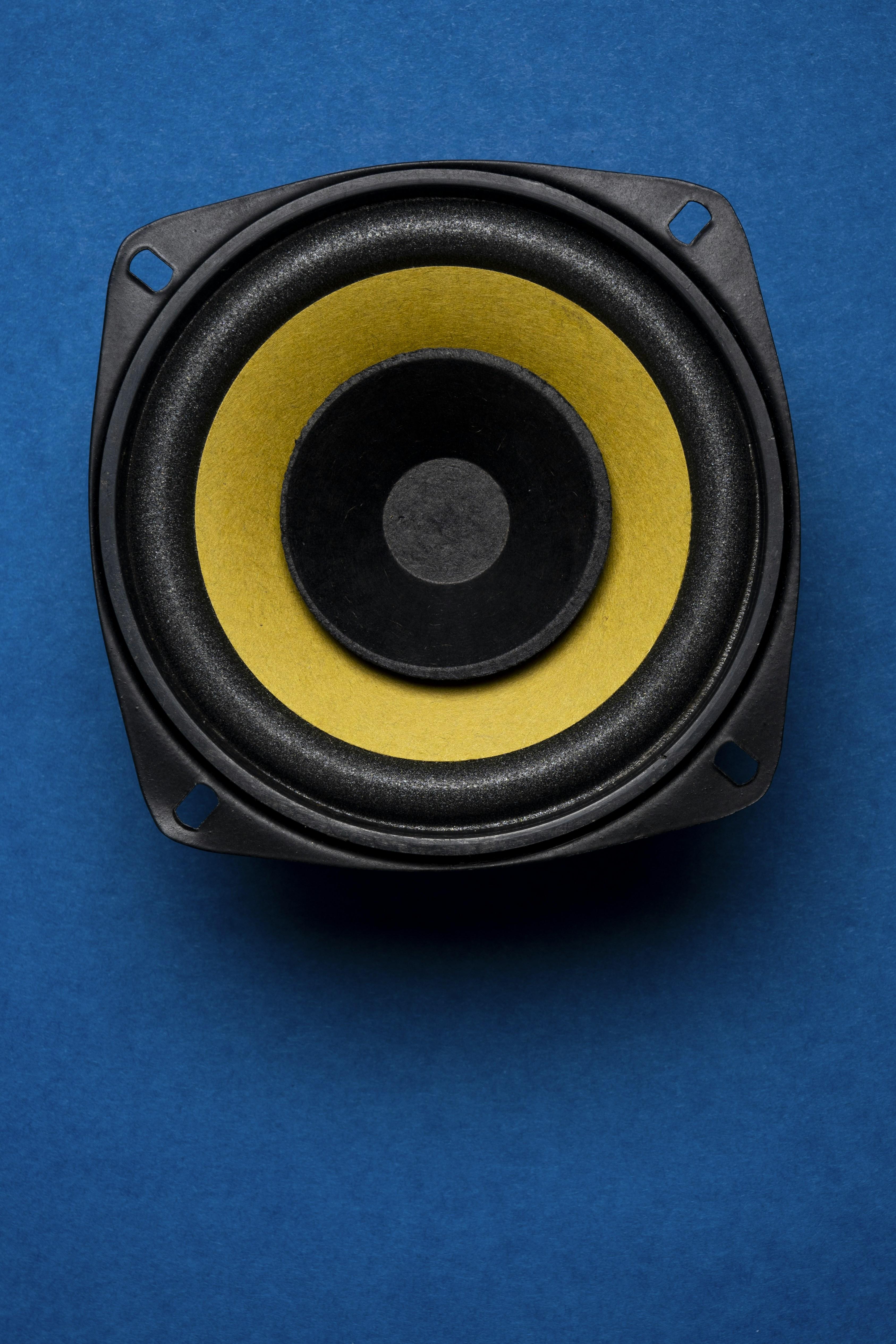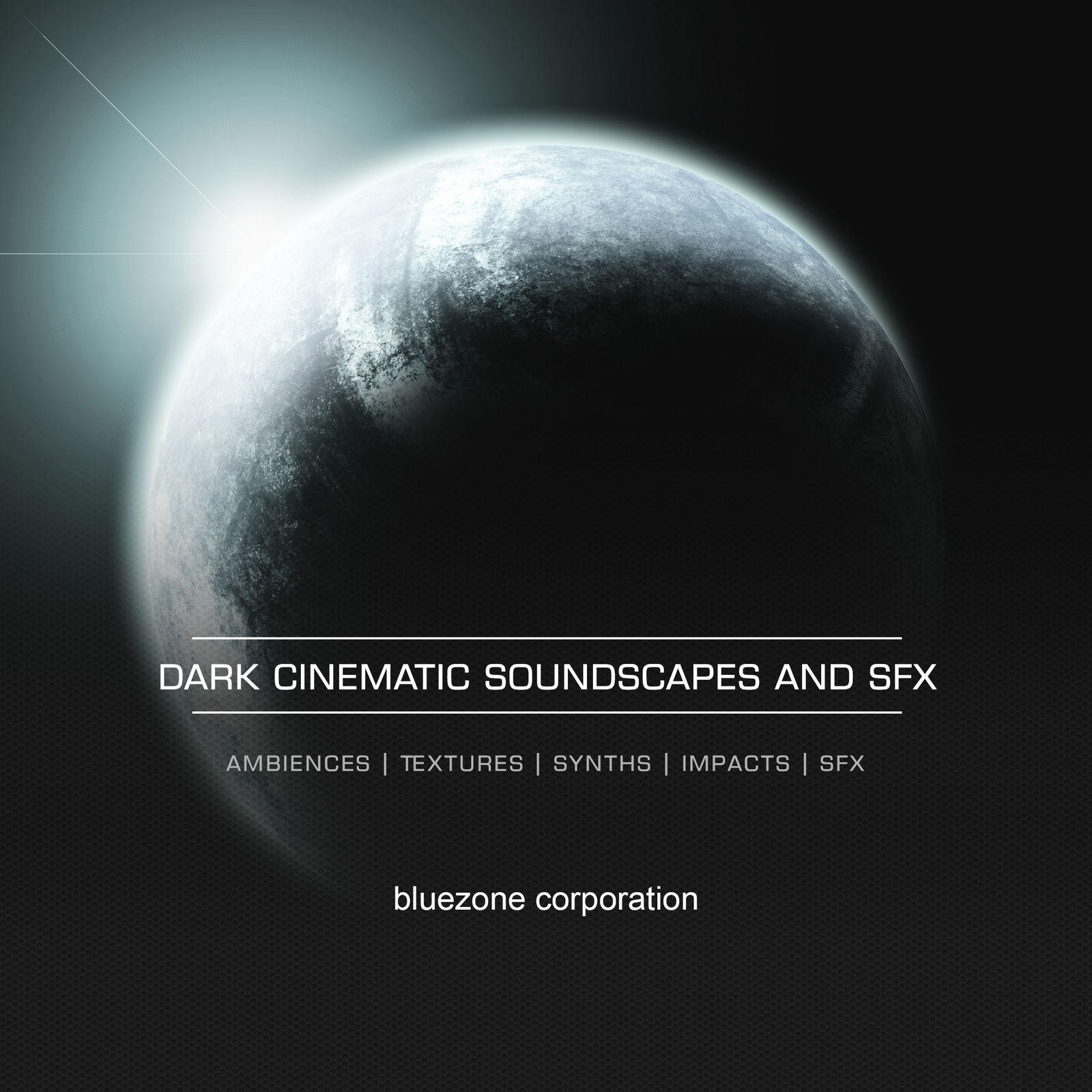In the dimly lit theater, as the opening credits roll and the audience settles into their seats, an unseen artist begins to weave a tapestry of sound. This is the world of sound mixing, a craft that delicately balances dialogue, music, and effects to create a cinematic symphony. While visuals may capture our gaze, it is the artful blend of sounds that truly envelops us, drawing us into the heart of the story. This article explores the transformative power of sound mixing in film, revealing how it enhances immersion and shapes our emotional journey through the moving image.
Crafting Sonic Landscapes: The Art of Layering Sound
In the realm of cinema, the auditory experience is as pivotal as the visual, shaping how audiences connect with the story. Sound mixing is the meticulous process of blending dialogue, music, and sound effects to create an intricate sonic tapestry that enhances the narrative. This art of layering sound transforms a simple scene into an immersive experience, drawing viewers deeper into the film’s world.
- Dialogue Clarity: Ensures that every whispered secret and shouted command is heard with precision, maintaining the story’s flow.
- Ambient Sounds: Subtle layers of background noise that bring environments to life, whether it’s the rustle of leaves or the hum of a bustling city.
- Music Integration: Seamlessly woven scores that evoke emotion and underscore pivotal moments without overpowering the narrative.
- Dynamic Range: Balances the quietest and loudest sounds, creating tension and release that captivates the audience.
Through these elements, sound mixing crafts an invisible yet palpable landscape that enriches the cinematic journey, making each film not just seen, but truly felt.
Harmonizing Elements: Achieving Balance in Audio Design
In the world of cinema, sound mixing plays a pivotal role in crafting an immersive experience. It’s not merely about aligning dialogue, music, and effects; it’s about weaving these elements into a cohesive auditory tapestry. A well-mixed film guides the audience’s emotions, directing their focus and heightening tension or tranquility as needed.
- Dialogue: Ensures clarity and comprehension, crucial for narrative flow.
- Music: Sets the tone, evoking emotions that visuals alone cannot convey.
- Sound Effects: Enhances realism, drawing viewers deeper into the story’s world.
Balancing these components requires a delicate touch, akin to a maestro conducting an orchestra. When executed flawlessly, sound mixing transforms a film from a mere visual spectacle into a truly immersive experience.

The Role of Acoustics in Audience Engagement
Acoustics play a pivotal role in how audiences engage with films. The strategic use of sound can transport viewers, making them feel as though they’re part of the on-screen action. Sound mixing is crucial in achieving this effect, blending dialogue, sound effects, and music to create a seamless auditory experience. A well-mixed film ensures that every whisper and explosion is heard with clarity, drawing the audience deeper into the story.
- Enhanced Atmosphere: Effective acoustics can evoke emotions and set the tone, whether it’s the tension of a thriller or the warmth of a romantic scene.
- Spatial Awareness: Surround sound techniques can place the audience at the center of the action, making them feel as though sounds are coming from all directions.
- Emotional Resonance: Music and sound effects can amplify the emotional weight of a scene, helping viewers connect with characters on a deeper level.
Ultimately, the art of sound mixing is not just about clarity, but about creating an immersive world that captures and holds the audience’s attention.

Best Practices for Elevating Cinematic Soundscapes
Creating an immersive film experience hinges on the ability to craft a rich and detailed auditory landscape. Sound mixing is an art that requires a delicate balance of elements to ensure that each layer complements the other. Prioritize clarity by ensuring dialogue is crisp and intelligible, while still allowing ambient sounds to envelop the audience. Dynamic range is key; consider the subtle interplay between silence and sound, allowing quiet moments to breathe before launching into a crescendo.
- Layered Textures: Integrate multiple sound layers to create depth, ensuring each element serves the narrative.
- Spatial Awareness: Use panning and spatial audio techniques to position sounds in a 3D space, enhancing the viewer’s immersion.
- Consistent Tone: Maintain a cohesive auditory tone that aligns with the film’s mood and themes.
Incorporating these best practices can transform ordinary scenes into captivating experiences, where sound becomes a character in its own right.

